Saving the Malayan tiger
MalaisieThe project goals
There are fewer than 300 Malayan Tigers remaining today. Malaysia’s tropical forests are being fragmented and destroyed by monocrop oil palm plantations. The Malaysian government has created wildlife corridors to enable tigers and other animals to roam freely. The Sungai Yu corridor is the last connection between the two largest Malayan Tiger habitats.
However, the corridor conservation program excludes the local populations. Thanks to the Malaysian Nature Society (MNS), the villagers are directly involved in the sustainable management of the Sungai Yu corridor.
MNS’ project has three components:
- An environmental component, by creating the Tiger Watch Group comprising some thirty small farmers to monitor the corridor and actively participate in the first phase of restoration
- An economic component, by promoting local crafts, selling seedlings grown in the tree nurseries and paying the local population to restore the corridor
- A social component focused on educating the public about creating/restoring the corridor.
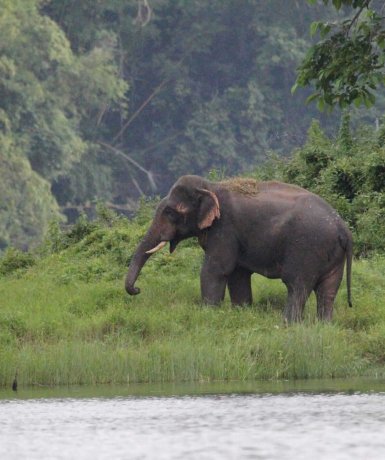
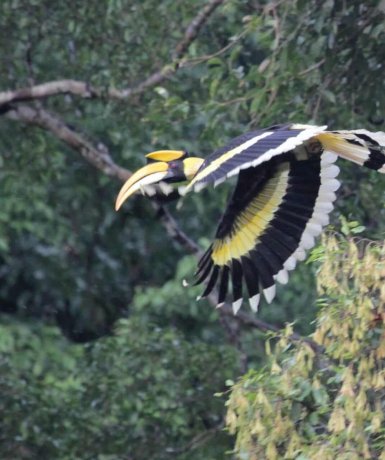
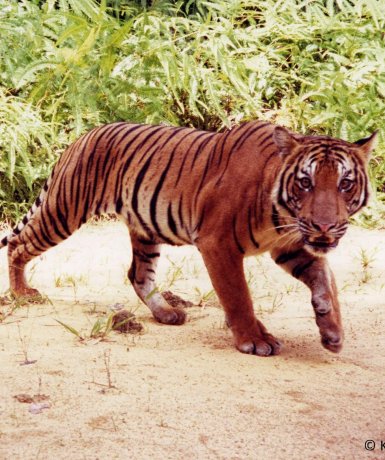
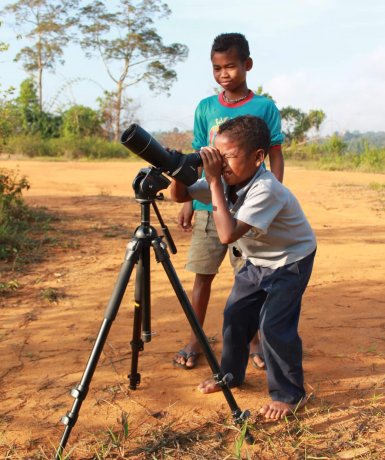
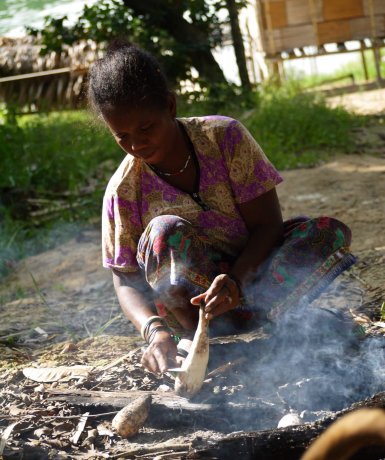
The Beneficiaries
The beneficiaries are the families of six villages along the corridor who make a living from rubber plantations and food crops.
The project benefits
MNS involves the local populations in managing the wildlife corridor and the Malayan Tiger conservation program, whereas the Government generally excludes them from the process.
Project leader Malaysian Nature Society
The Malaysian Nature Society is a Malaysian association created in 1940 and partner of the MyCat program (Malaysian Conservation Alliance for Tigers) which works to protect biodiversity in the country. A pioneer in conservation in Malaysia for 70 years, MNS works to ensure that Malaysia’s heritage and rich biodiversity are protected, managed, and conserved by and for the local communities. This association is supported by the Maisons du Monde Foundation via the French NGO Man & Nature.Website


 Contact us
Contact us 



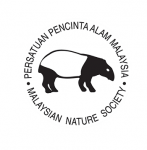
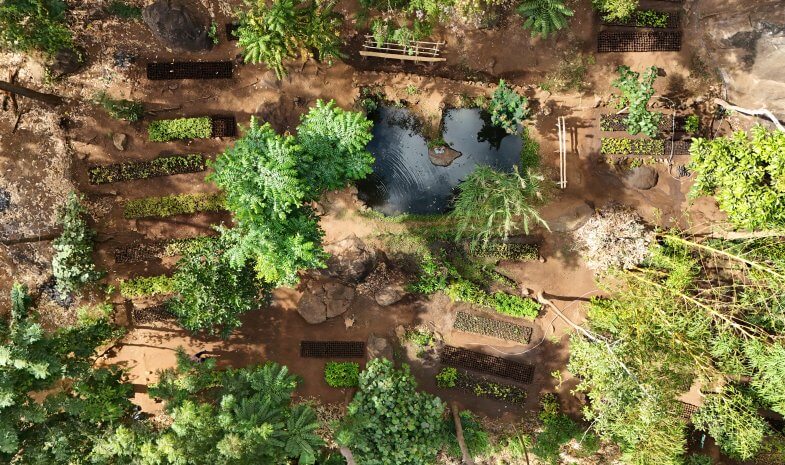
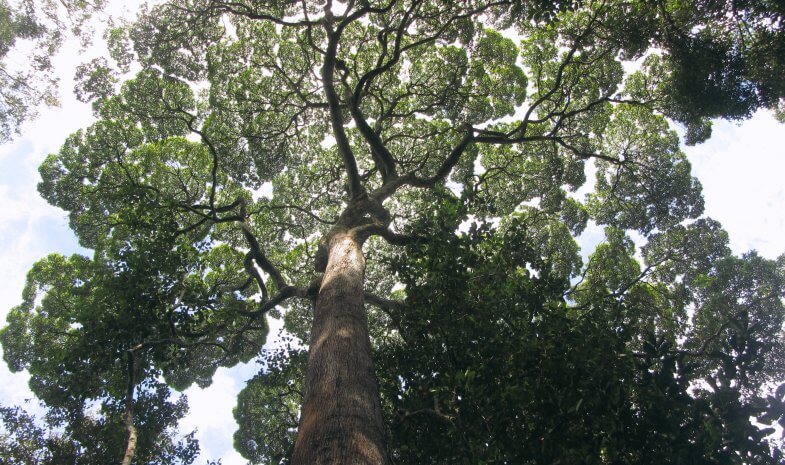
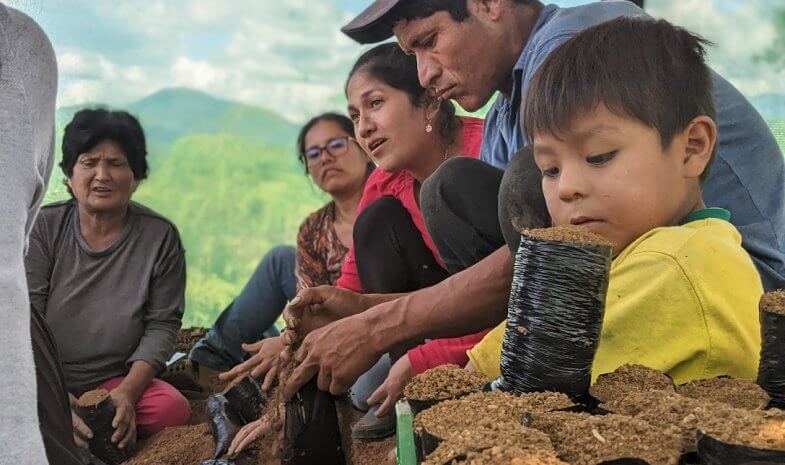


“As a rural community, we are honoured to be selected to participate in the Malayan tiger conservation project. The wildlife corridor will help reduce human-tiger conflicts in the region. We are delighted to be working with all the stakeholders to make the project a success.”
Tn. Hj. Mohd Zaki bin Yasok Chief of the village of Kampung Teluk Gunung“This is the first project that involves local communities in the management of wildlife in Malaysia. This initiative is supported by the federal government. The project will get small rubberwood farmers involved in the reforestation of the Sungai Yu corridor.”
Henry Goh President of MNS“Essential component of our Sungai Yu Tiger conservation program, Rewilding Yu aims to restore the forest and the populations of tigers and other wildlife through community engagement and educational programs.”
Kae Kawanichi tiger biologist at MYCAT